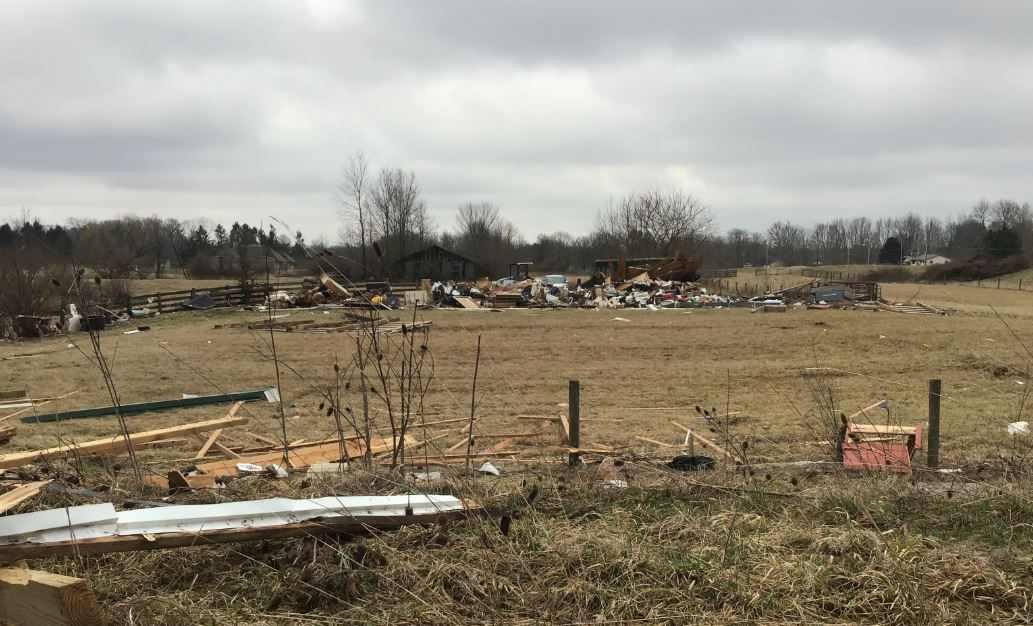Agriculture
Corn season means return of farmers’ worries about tar spot fungus
|
By Victoria Witke
Jacob Faist of Jackson County is among the state’s farmers worried about tar spot, an emerging disease in corn and silage fed to dairy cows. It can lower crop yield, reduce the nutritional value of the corn and reduce milk production. According to a study, Michigan and the Great Lakes region are particularly vulnerable. Researchers did the study in Branch, Ottawa, Ingham and Barry counties. Top producing counties include Lenawee and Ionia.








